Rose "New Down": features, planting and care

The New Down rose is a climbing plant with large flowers. This variety is not natural, it is a hybrid of another species - "Vishuran". The people call the New Down rose the rose of the world. Scientists-breeders, by means of kidney mutations, bred this variety in 1930, and since then this plant has become an integral component of the front gardens of many gardeners.
Description
An important distinguishing feature of this flower is its ability to withstand rather low temperature conditions. Moreover, in such climatic conditions, it grows quite intensively and produces a large number of flowers. This plant blooms in the warm season, namely, at the beginning of summer. Flowers appear before the onset of frost. It is thanks to this feature that the rose has become popular - it pleases the eye of gardeners for quite a long time, and those who sell flowers also have the opportunity to make a profit for a long period.

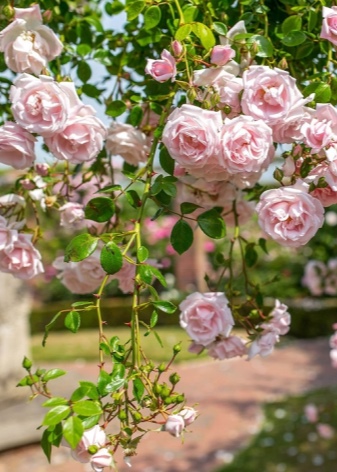
If we talk about the botanical nature of the plant, it is worth noting that the flowers of the New Down rose are cup-shaped and reach 8 centimeters in size. This variety has a fragrant aroma, and the petals are painted in a delicate and sophisticated light pink color pleasant to the eye. Over time, the shade changes and the buds acquire a creamy color. This color does not fade even under the influence of direct sunlight, and also does not lose its presentable appearance under the influence of heavy rainfall (for example, snow or rain). After the onset of the first frost, the flowering period begins, and the flowers fall off and fly around. The leaves of the rose are rather small in size, they are painted in a light green hue.
The peculiarity of the New Down variety is that the rose is capable of weaving. Due to this, it is often used in landscape design. The plant becomes a natural decoration for hedges, flower beds and gazebos.
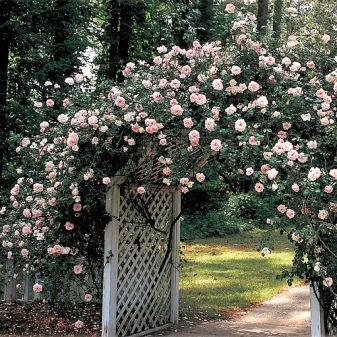

How to plant?
Correct and timely planting is a guarantee that the rose will quickly take root and will develop correctly and actively. So, first of all, experienced gardeners recommend paying attention to the amount of light and the security of the place where you want to plant a rose. The type of soil is also important - the ground should not be too heavy.
Due to the whimsical nature of the plant in relation to the correct site for planting, many gardeners place New Down rose bushes next to the walls - thus, you can plant a rose and hide a sloppy building or an outdated facade of a private building. However, in such cases, it must be borne in mind that the hole for planting a rose should not be at a distance of less than 50-60 centimeters from the wall, otherwise the roots of the plant may dry out.
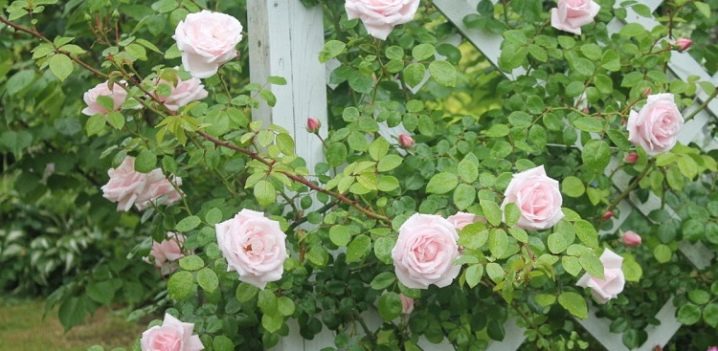
Important: if the New Down rose has already grown in your garden, it is forbidden to plant new young shoots in place of the old ones. If your site is quite compact, and there is simply no other place, then a 50-60-centimeter layer of soil must be removed from the site where the rose previously grew.
Thus, you can protect the rose from diseases and pests. Generally speaking, you can plant a rose of this variety in different places. So, many gardeners grow "New Down" on tall boles or tripods. If we talk about planting time, then spring is considered the most suitable and optimal season (and it is best to have time to plant a rose between April 20 and May 20).If at this time you did not have time to plant New Down, then you should wait for the beginning of autumn - in this case, it is recommended to plant the rose from September 1 to October 10.
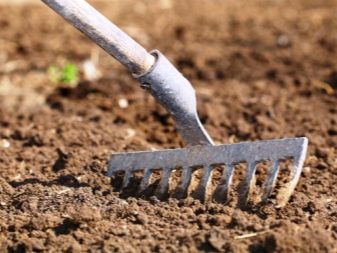
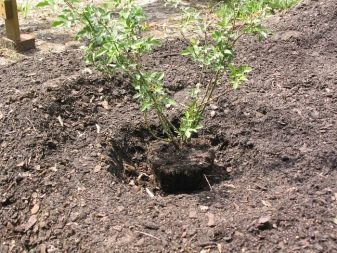
How to care?
Like any other plant, this rose shrub needs careful, correct and timely care. First of all, it is important to deal with the garter and the formation of the shape of the bush.
Important: the shape of the bush is formed from the beginning of the development of the plant - thus, it will develop more actively, and it will be easier for you to take care of it.
Form creation methods
There are several options for forming a rose bush.
- In order to create a fan-shaped shape, the bush is planted against the wall, and its branches are carefully (so as not to break) straightened in the form of a fan. Thus, oxygen access increases and becomes easier, and lateral shoots begin to grow better.
- If you chose a tree as a support for the plant, then the shoots of the rose can be wound on the trunk like a spiral.
- The method of planting the New Down variety next to a lattice (or lattice fence) is considered especially beautiful. In this case, the shoots must be placed in a horizontal position - then the branches from the sides will grow upwards, and the flowers will be distributed quite evenly throughout the bush.
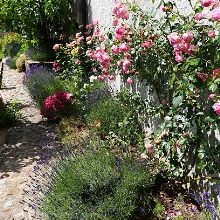
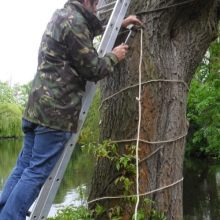
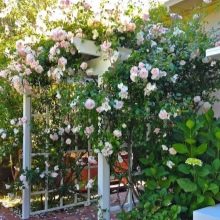
Helpful hint: if you are tying a flower, then the best tool for this will be twine - it will not cause any harm to the plant.
In the process of leaving, it is important to regularly feed the rose, and for this you should use only correctly selected high-quality fertilizers. So, in the spring, elements such as nitrogen, phosphorus and potassium should prevail in the composition of chemical feeding, but natural fertilizers, for example, humus or compost, can also be used. In summer, potassium or ash is most often added to the soil, and in autumn the plant needs phosphorus and potassium. Thus, observing very simple rules, you will ensure the active growth and development of the plant, and its appearance and aesthetic appeal will delight not only you and your household, but also your guests and neighbors.
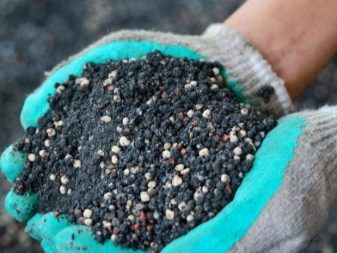
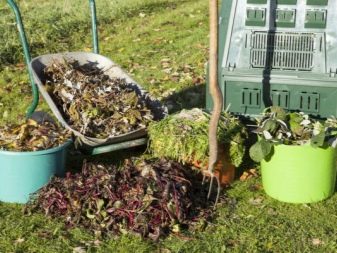
Preparing for winter
If the New Down rose grows in a rather cold northern region, then special attention should be paid to the process of preparing the plant for winter.
First of all, it is necessary to remove the support to which the rose was tied. Then you should remove all leaves, flowers, stems and shoots that have been damaged in any way - this way you will ensure further life and flowering of the shrub. After you have made the inspection and pruning, it is imperative that all New Down lashes be collected in one bundle and tied (however, this must be done with great care so as not to damage the plant). After that, we bend the plant to the ground and fix it (this can be done in any way convenient for you, for example, using a special peg).

An important stage, which in no case should be missed, is hilling and sprinkling with earth, sand or a mixture of these substances. If you decide to use soil taken from the place where the bush grows, then you need to collect it very carefully so as not to expose the root system of the plant.
The final stage of preparation for wintering is covering with a film. After this, the bush must be left alone until spring. In this state, the rose will survive even the most severe frosts and bad weather, it will not be afraid of wet precipitation, wind and snowstorms.
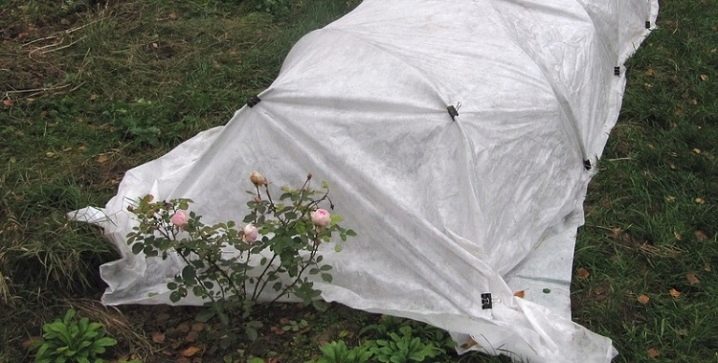
What can be replaced?
If you really like the climbing self-rooted rose "New Down", but for one reason or another you are not able to plant and grow it, then gardeners suggest choosing another plant variety, which will be similar in its properties to the "New Down". The following types of roses can be an alternative:
- English Miss;
- Gertrude Jekyll;
- Shropshire Lad;
- Swan Lake.




In the next video you will find a short overview of the New Down rose.

































































































The comment was sent successfully.